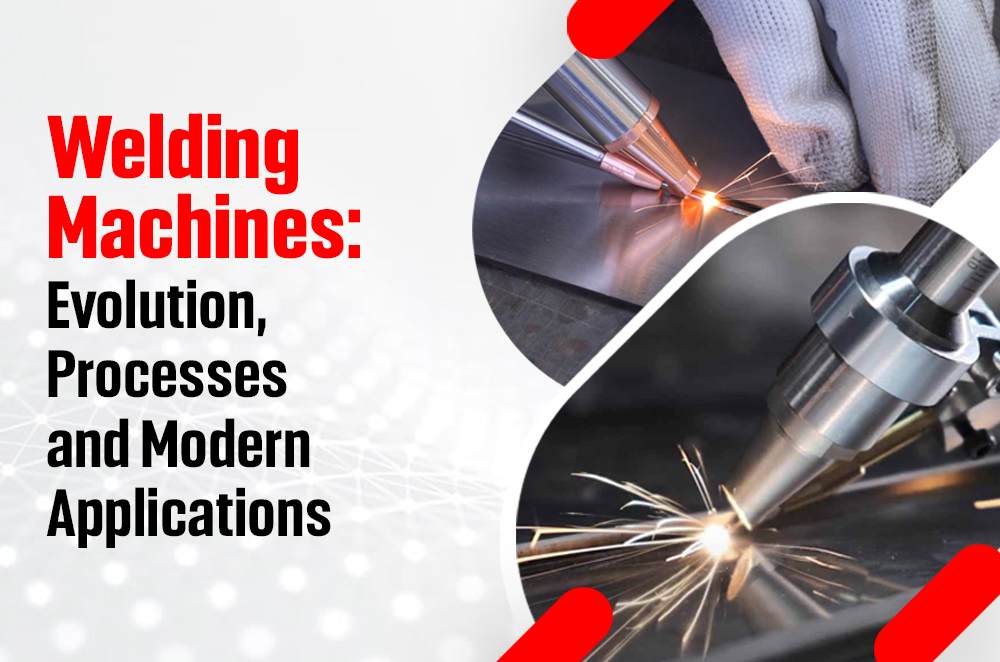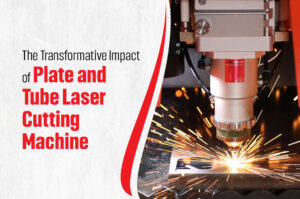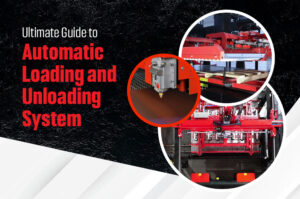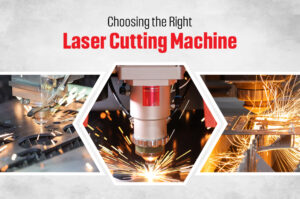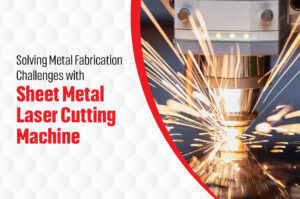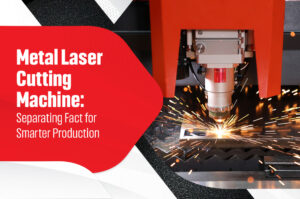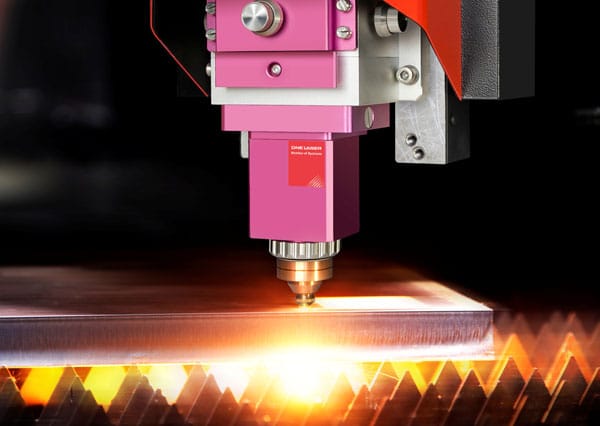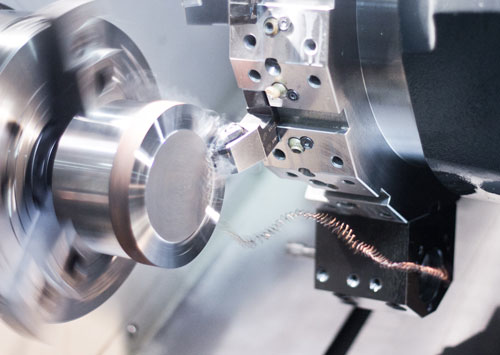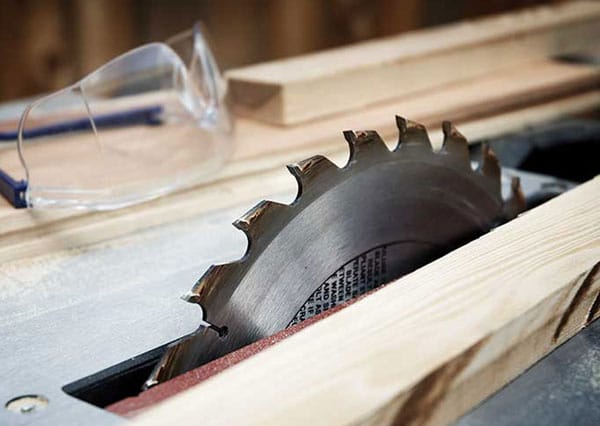For many years, welding has been a fundamental component of construction and manufacturing, providing the framework for strong, dependable structures. The welding industry has undergone a significant revolution, thanks in large part to the development of welding machines, which have transformed it from simple manual techniques into incredibly effective, technology driven processes. Let’s look at the intriguing history of welding.
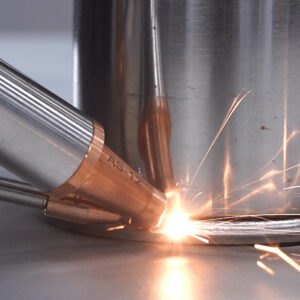
Early Welding Techniques: The Beginning of an Era
Blacksmiths used forge welding in ancient times, which is where welding got its start. This ancient method involved heating metals in a forge until they became pliable, and then hammering them together to form a bond. Even though it required a lot of work, forge welding was very useful for creating tools, weapons, and other necessities. As civilizations developed, the demand for more effective techniques increased as well. Through the use of specialized tools and improved control over heating techniques, forge welding had advanced by the Middle Ages. However, welding did not undergo a substantial change until the Industrial Revolution.
The Birth of Arc Welding: Game Changer
The late 19th century saw the introduction of arc welding, a revolutionary technique for joining metals using an electric arc. This discovery laid the foundation for the creation of contemporary welding equipment. The 1880s saw the invention of arc welding methods by Stanislaus Olszewski and Nikolai Benardos, who used carbon electrodes to create the arc. The need for dependable and quick welding methods increased during World War I. Because it produces strong, long-lasting joints, arc welding has become increasingly popular and is essential in the construction of ships and weapons. By the 1920s, shielded metal arc welding (SMAW), made possible by advances in arc welding machines, had become the norm in numerous industries.
Modern Welding Innovations: Enter the Laser and Fiber Laser Era
The welding industry saw a surge of innovation in the 20th century. Resistance and gas welding gained popularity as alternate techniques for various applications. However, it was the invention of laser welding in the 1960s that brought about the real revolution. Laser welding provided unparalleled speed and accuracy by fusing materials with intense light beams. Shortly after this invention, the introduction of fiber laser welding machines advanced the technology. These sophisticated devices increase efficiency and facilitate the welding of complex materials by delivering laser beams via optical fibers. Welding has become a highly automated process in the modern era, with advanced welding machines ruling sectors like electronics, automotive, and aerospace. The history of welding constantly inspires new technologies, paving the way for further developments in the future.
Understanding the Welding Process
Welding is a crucial step in construction as it unites materials to create durable and functional structures. Welding techniques have come a long way over the years, from simple manual methods to state-of-the-art automatic systems. Welding tools today are very accurate and reliable, and they are essential in many fields. To fully enjoy these improvements, you need to know the basics of how welding works.
Types of Welding Processes
The type of material, the form of the joint, and the needs of the application all affect the welding process. Here are a few of the most popular methods:
Arc Welding
An electric arc creates a lot of heat, which melts the electrode and the base material together to make a bond. Techniques like shielded metal arc welding (SMAW) and gas metal arc welding (GMAW), widely used for their strength and flexibility, fall into this group.
TIG Welding (Tungsten Inert Gas)
This method uses a tungsten tool to create precise welds. TIG welding is excellent for thin materials like stainless steel and aluminium because it produces high-quality products with little spatter.
MIG Welding (Metal Inert Gas)
The constant feeding of the wire electrode makes MIG welding fast and simple to use. Businesses like construction and the auto industry often use it to assemble parts.
Spot Welding
Using heat and pressure to join two metal surfaces at small touch points is what spot welding is all about. This method works especially well for joining thin sheets, like those used to make cars.
Laser and Fiber Laser Welding
In fiber laser welding machines focused laser beams make these methods very accurate and quick, so they are the best choice for jobs that need to be done quickly or carefully.
How Welding Works
At its heart, welding is the use of heat or pressure to join two or more materials, usually metals. Putting heat on the materials makes them melt and fuse together, which forms a strong link when it cools.
Welding is broadly categorized into:
Heat-Based Welding: Heat is the primary force, melting the materials at the joint to form the connection. Techniques such as laser and arc welding are excellent examples.
Pressure-Based Welding: This technique uses heat and mechanical force to fuse materials together. Resistance welding is a commonly used pressure-based method in automated settings.
Modern welding equipment simplifies these procedures, ensuring constant quality and reducing labor and time requirements for a variety of applications.
Difference Between Laser Welding and Fiber Laser Welding
Laser based methods have become more recent and laser welding and fiber laser welding are two of the most current technologies. Both techniques involve high-energy light beams, but each has its own unique characteristics enabling it to be used for specific industrial applications.
Laser Welding Machines
Laser welding machines form precise, high-energy beams for melting and fusing materials at the joint. They are most suitable for a precision manufacturing process, hence allowing them to make intricate welds: for electronics and medical devices.
Advantages of Laser Welding Machines:
It allows high-speed welding for effective production.
Produces minimal heat affected zones (HAZ) so material properties are unaffected.
It allows the welding of small or delicate components.
Yet, these machines may have issues with reflective or thick metals. Where fiber laser welding excels.
Fiber Laser Welding Machines
Fiber laser welding machines provide an optical fiber laser beam to elevate the capabilities of traditional laser welding. The fiber laser system design improves efficiency, adaptability and energy conservation, and is becoming increasingly popular in modern industries.
Key Benefits of Fiber Laser Welding Machines:
Energy Efficiency: Optimal performance is ensured by minimal energy loss.
Material Versatility: It performs very well on reflective and high thickness materials such as aluminium and copper.
Durability: This reduces total maintenance costs for fiber lasers because they have a longer operational life.
Precision and Speed: This enables more control and more detailed welds in complex designs.
Comparison of Laser and Fiber Laser Welding Machines
|
Feature |
Laser Welding Machine |
Fiber Laser Welding Machine |
|
Beam Delivery |
Direct laser beam |
Delivered via optical fibers |
|
Efficiency |
Moderate |
High |
|
Material Compatibility |
Limited for reflective surfaces |
Excellent for reflective/thick metals |
|
Maintenance |
Higher maintenance needs |
Low maintenance requirements |
|
Application Scope |
Small-scale, intricate tasks |
Broad industrial applications |
Choosing the Right Welding Machine
Traditional laser welding machine is excellent for precision and small scale applications. In large scale or industrial scenarios fiber laser welding machines are distinguished by efficiency, material flexibility, and cost effectiveness.
Types of Welding Machines and Their Applications
Modern welding machines have expanded their applications across industries due to the diversity of modern welding machines. Laser Welding Machines, Metal Laser Welding Machines and Fiber Laser Welding Machines are engineered to address the specific concerns of today’s manufacturing environments.
1. Laser Welding Machines
High precision tasks demand laser welding machines. They are great as they can handle small components and perform intricate welds, that Industries require Accuracy.
Applications:
Electronics: Perfect for joining micro components such as circuits and connectors.
Medical Devices: For the creation of durable hygienic surgical tools.
Aerospace: Lightweight and high strength material assembly is perfect.
2. Metal Laser Welding Machines
These machines have been focused on welding metals and can easily handle thick, reflective or high strength materials to make robust and durable joints.
Applications:
Automotive: Used in assembling vehicle frames and electrical systems frequently.
Shipbuilding: Required for welding heavy duty components in harsh environments.
Construction: It is suitable for fabricating large scale steel structures.
3. Fiber Laser Welding Machines
Fiber laser welding machines are highly flexible and therefore preferred by industries that demand speed and accuracy.
Applications:
Manufacturing: These machines deliver precision from appliances to intricate machinery.
Defence and Aerospace: The key to building components that can withstand extreme conditions.
Medical Sector: Flawless joins in medical equipment and implants.
Advantages of Modern Welding Machines
Welding machines today offer many benefits, changing the way that industries work today, and establishing new standards for efficiency and quality.
1. Precision and Accuracy
In advanced machines such as laser and fiber laser systems, superb precision yields clean, durable welds on the smallest components.
2. Compatibility with Diverse Materials
Modern machines can do the same whether working with reflective metals like aluminum or high strength alloys.
3. Increased Efficiency
High demand industries are the ones that benefit most from these machines that reduce production times without sacrificing quality.
4. Reduced Heat-Affected Zones
Laser based systems minimize distortion by concentrating heat on the weld area and maintaining the integrity of the material.
5. Integration with Automation
In fact, a lot of modern welding systems are easy to integrate with automation such as robotics for greater productivity and consistency in large scale operations.
6. Cost Efficiency Over Time
While the advanced systems come with an upfront investment, they have high durability, little maintenance, and high energy efficiency, which ultimately leads to long term savings.
Partner with BPI UAE – Your Trusted Industrial Machinery Supplier
Business Point International (BPI) is not just supplying industrial equipment; we are a solution provider and we empower your business to reach its full potential. BPI is your partner to modernize your operations, increase production capacity or implement a new project.
Explore Our Machines
We provide a wide and modern range of industrial machinery with which to meet the demands of a number of industries. Here’s what you can expect from BPI’s product lineup:
Welding Machines
Laser Welding Machines: Precision welding solutions for electronics, medical devices and aerospace.
Metal Laser Welding Machines: Rough application machines with heavy duty, suitable for construction and automotive sectors.
Fiber Laser Welding Machines: High speed, efficient machines that achieve energy savings as well as top quality welds.
Digital Printing Equipment
UV Printers: Great for vivid and long lasting prints on glass, metal, plastic and more.
Roll-to-Roll Printers: It’s for large format printing, yields excellent quality for banners, signage and textiles.
Flatbed UV Printers: Rigid media versatile solutions with detailed and precise print.
Laser Machines
Fiber Laser Cutting Machines: Metal fabrication sped up, more precise, and less waste.
CO2 Laser Engraving Machines: It’s an ideal tool for intricately designed objects on non-metal materials such as acrylic, wood and leather.
Conclusion
From the humble forge welding of ancient times to the sophisticated laser based welding machines of today we have come a long way in welding. With laser welding machines, metal laser welding machine and fiber laser welding machines being the modern welding machines, industries have redefined the way they manufacture with precision, speed and versatility. Embracing these advanced technologies allows industries to open new doors, become more efficient, and remain competitive in an ever more competitive market. These machines are indispensable tools in manufacturing whether it’s their intricate work of medical devices or the heavy duty demands of construction.

